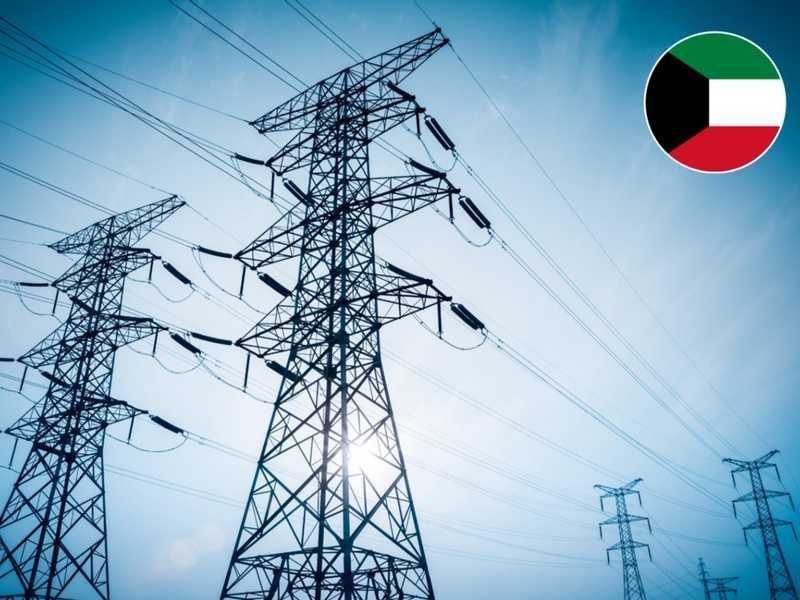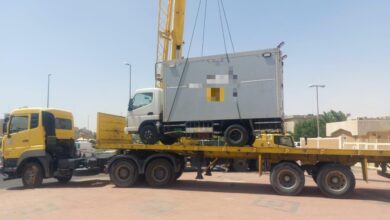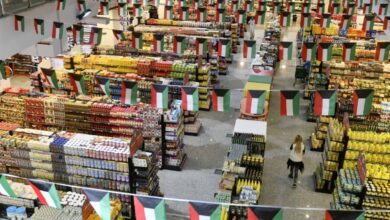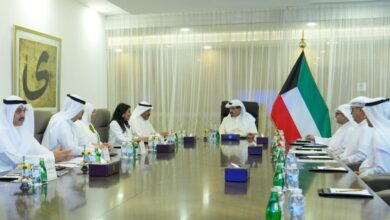Gulf electrical interconnection project to boost Kuwait’s electricity with 3500 MWs
The Kuwait Fund for Arab Economic Development said that the country stands to benefit the most from this initiative, being the largest beneficiary of the project.

• The implementation of Gulf electrical interconnection project is part of efforts to expand Gulf connectivity through the establishment of the ‘Wafra Station.’
• The station links Gulf Electrical Interconnection Authority to Kuwait via four 400kV circuits, costing $270 million.
• The actual completion rate of the Gulf electrical interconnection project with Kuwait is at 75%, and the project is expected to be completed by next December.
As concerns over a potential electricity crisis grow in Kuwait, particularly following recent disruptions in various areas, the Kuwait Fund for Arab Economic Development (KFED) reassured the public that the Gulf electrical interconnection project will guarantee uninterrupted energy security, ensuring sustainability at all times. The fund emphasized that Kuwait stands to benefit the most from this initiative, being the largest beneficiary of the project.
The Kuwait Fund revealed that this project will raise the capacity supporting Kuwait’s electricity grid to about 3,500 megawatts.
It was stated that the implementation of this project is part of efforts to expand Gulf connectivity through the establishment of the ‘Wafra Station.’ This station will connect the Gulf Electrical Interconnection Authority’s network to the Kuwait network via four circuits with a voltage of ‘400 kilowatt.’ The total cost of the project is approximately $270 million.
The fund explained that the actual completion rate of the Gulf electrical interconnection project with Kuwait is at 75%, and the project is expected to be completed by next December.
It stressed that the electrical connection project between the GCC countries and Kuwait is one of the most important infrastructure linkage projects approved by the council. It aims to reduce the required electrical reserve in the member countries, provide mutual coverage in emergency situations, utilize surplus energy, and decrease the cost of power production.
The fund pointed out that the project consists of a dual-circuited antenna line with a voltage of 400 kV, stretching about 300 kilometers from Al-Fadili station in the Kingdom of Saudi Arabia to the Wafra station. Additionally, the project includes converting the existing double-circuit line between Al-Fadli station and the Kuwaiti Al-Zour station by establishing a dual-circuit line with a 400 kV voltage and a length of 25 kilometers.















